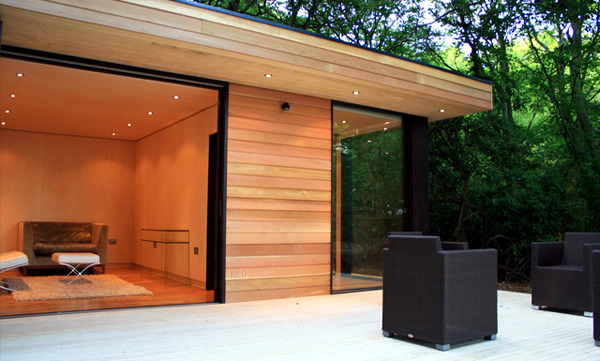Wooden prefab houses: Wooden prefabricated housing is an alternative building technology that Kenyans are adopting as it is unique in design, takes a shorter time to assemble and is cost effective. This is according to Eric Abuto, a housing expert at Economic Housing Solutions.
Unlike the other prefabricated materials, some of which involve imported materials, those used in wooden prefabs are locally sourced cypress and pine softwoods, he adds.
Prefabs also allow for flexibility in design and can be used to put up both residential and commercial buildings.
Short assembly time
Wooden prefabricated houses are time- and cost-saving because, compared with the traditional brick and mortar, they take only a couple of weeks to fabricate and assemble.
For instance, a one-bedroom house takes a week to fabricate, and another week to assemble. A two-bedroom house takes one to two weeks to fabricate and a similar period to assemble while a three-bedroom house takes a month to fabricate and two to three months to assemble, says Mr Abuto.
They also spare the developer unforeseen expenditure.
“With the traditional method of building, there are a lot of inconveniences, since a developer has to cater for unforeseen costs. The foreman or fundi might require more money because the price of a bag of cement might have gone up, the foreman might need another fundi to help him, the water required at the site might have been depleted and more needs to be brought in, among a host of needs with financial implications. Therefore, a house built using brick and mortar ends up costing more than the developer might have planned for,” notes Mr Abuto.
In contrast, when using prefabricated wood, all the material and labour is determined before the work begins and nothing changes in between; there is no need for a project manager or the fundis, he adds.
The houses are also more affordable, with a one-bedroom unit going for between Sh1.5 million and Sh2.5 million, a two-bedroom for between Sh2.5 million and Sh3.5million and a three-bedroom house going for a minimum of Sh3.5 million.
This housing option also saves the investor the need for air conditioning since the wooden panels have insulation in between. For areas with very hot conditions such as North Eastern, Lake Magadi orthe Coast, Mr Abuto, the insulation between the roof and the ceiling board is enough to regulate the temperatures naturally.
Investors have raised concerns about wooden housing with regard to security, the weather, and infestation by termites, among others, but Mr Abuta says all these issues have been addressed.
“The wood we use is treated to prevent termite infestation, the paint is a weather guard that is also fire retardant. There is also the option of using metal doors and windows for added security,” says Mr Abuto.
Design options
“We also line the floor with an eko-board that is water resistantand use vinyl tiles in wet places such as the toilet and kitchen to prevent water from seeping into the floor. We also use ceramic wall tiles and design a shower cubicle for the bathroom to keep it stylish while preventing water from destroying the wood,” he added.
For flood-prone areas, there is the option of designing such that the ground floor is built of stone while the upper floors are made from wooden prefabs.
The wooden prefab is also very flexible as you can dismantle it and move with it to another location, adds Mr Abuto.








